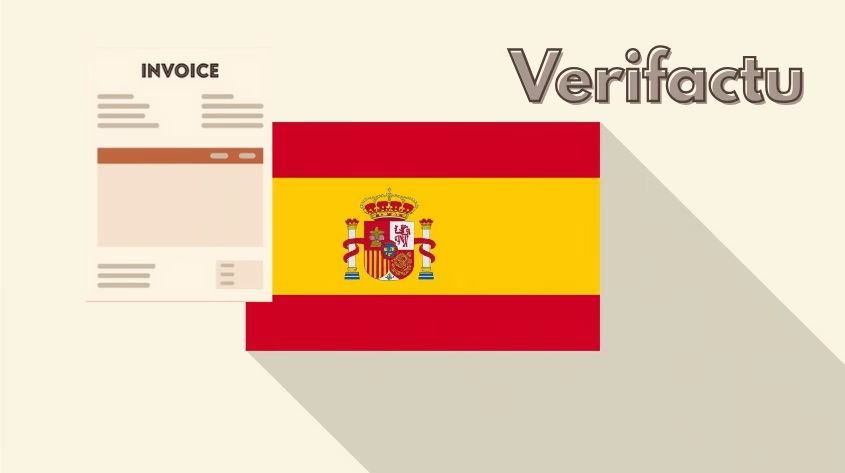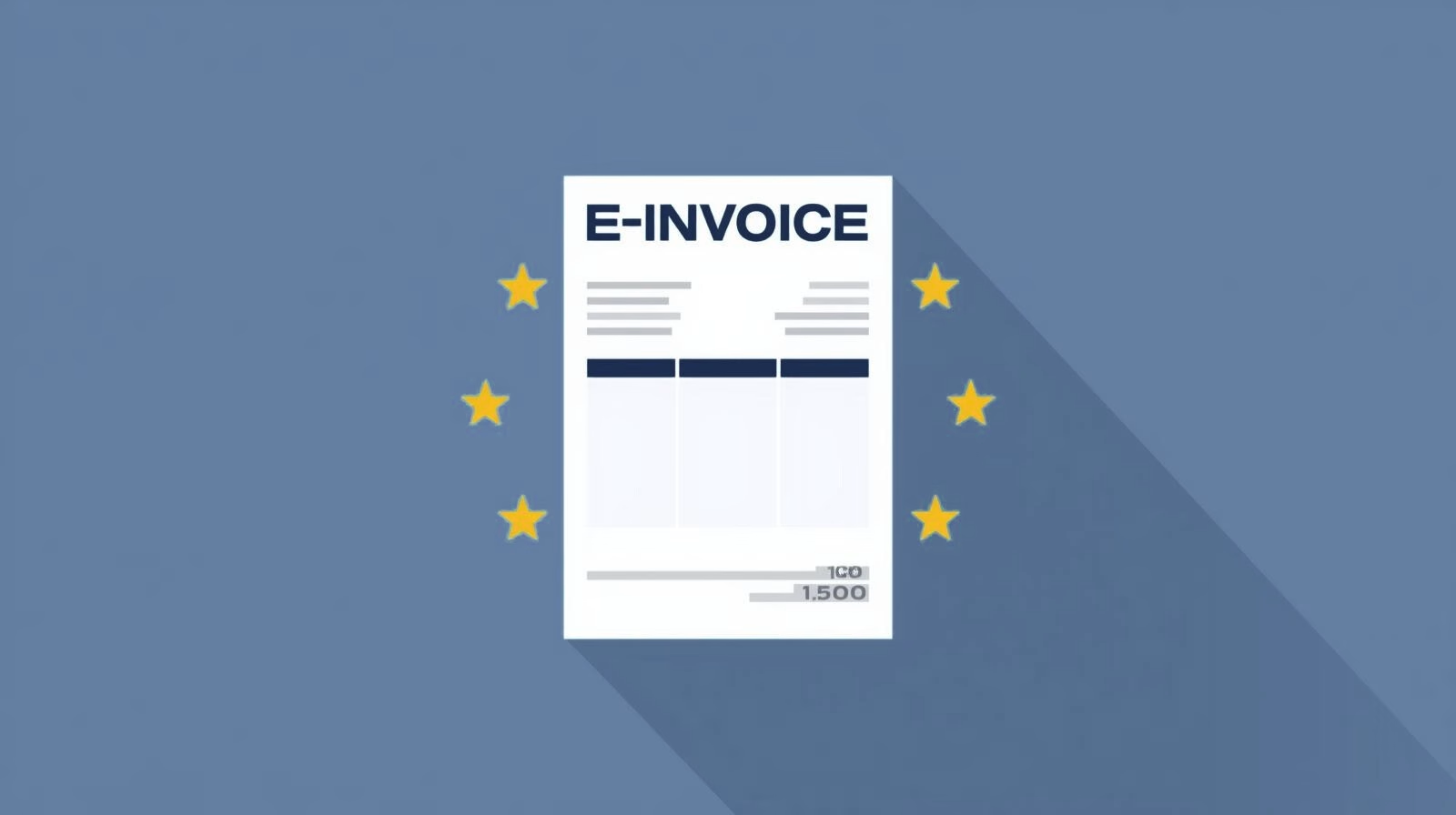A phantom invoice is not a standardised document type in SAP Business One, but refers to a document with no direct effect on the warehouse or warehouse management. ledger e.g. a draft, a credit amount without quantity posting or billing of a phantom article.

Detailed explanation/description:
The term is not officially used, but can be applied to the following SAP Business One concepts depending on the context:
- Designs: Documents in draft status do not generate any postings and can be considered "phantom-like" as they exist but have no financial impact.
- Credit note without quantity posting: Credit notes that only result in a financial correction (e.g. price reduction) without goods being taken back also have no physical reference.
- Phantom article: Items used in production BOMs that are not stored or booked. Invoices that refer to such components can be misleadingly labelled as "phantom invoices".
Integration into business processes:
These "phantom" concepts are used in the production planningin complaints management and in approval processes (drafts). They are used for structuring, checking or tracking, without any direct effect on warehouse or financial accounting.
Relevant modules and functions:
- Production (phantom article)
- Financial accounting (credit notes, journal entries)
- Sales and purchasing (draft documents)
Concrete application examples:
- A draft invoice is saved for approval, but does not yet have any effect on the accounts.
- A price reduction is recognised via a credit note without a goods movement.
- A production order resolves the components of a phantom article without booking it itself.
Key features/important aspects:
- No direct impact on warehouse or accounting
- Useful for planning, authorisation or structuring
- No official designation in the SAP Business One system
Target group:
Accounting, production planning, SAP key user

Verifactu in Spain: the new invoicing obligation

The e-invoicing regulations in Europe

Versino Financial Suite V09.2025 for SAP Business One

Accounting outsourcing: Why it pays off for SMEs

CANDIS for SAP Business One
